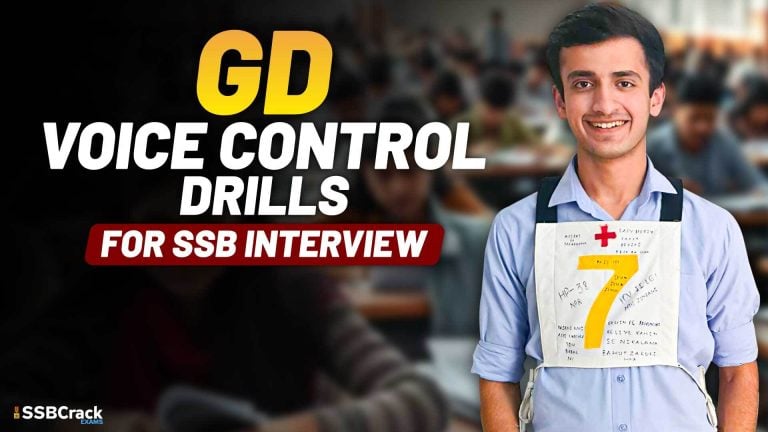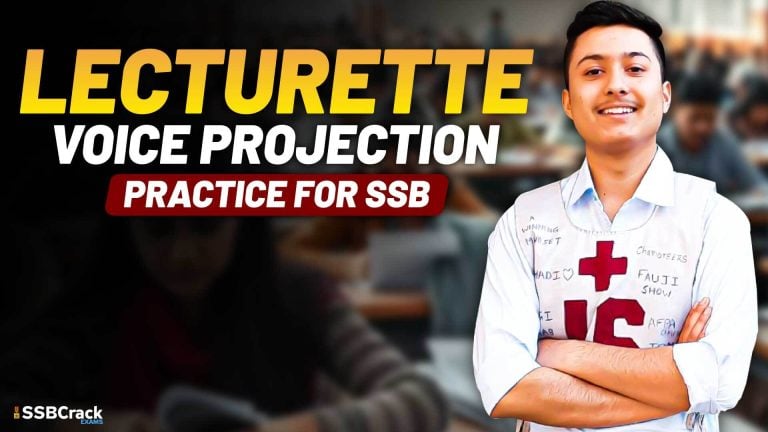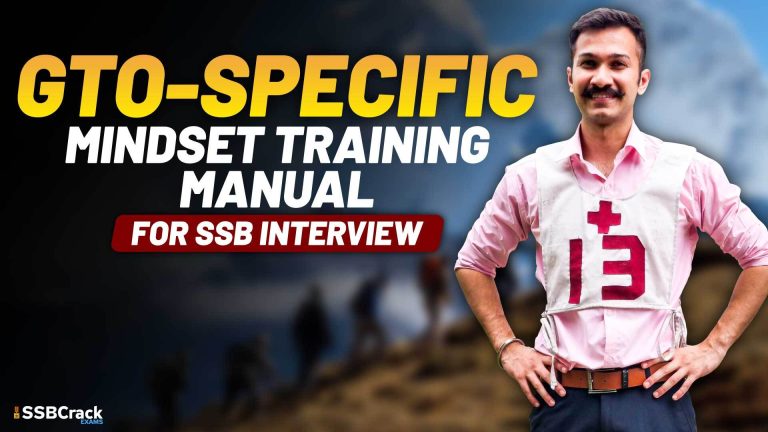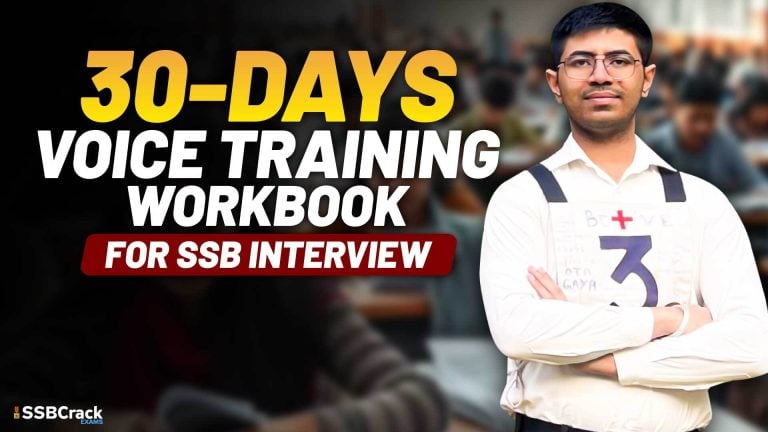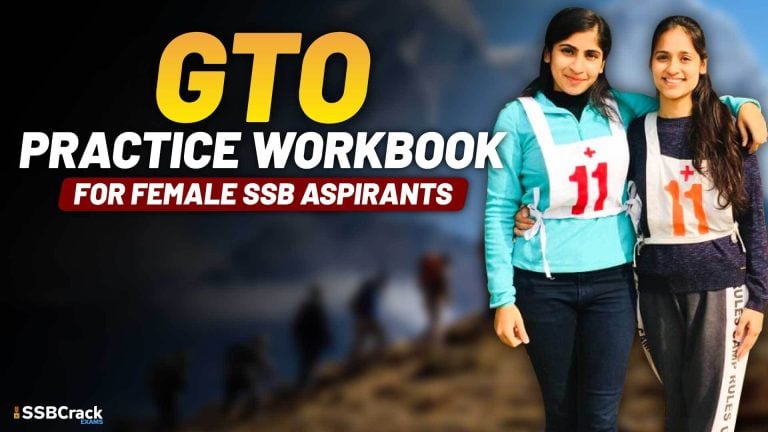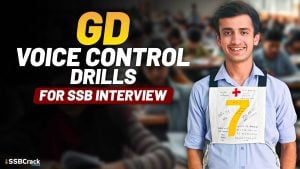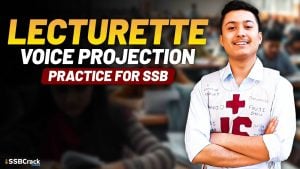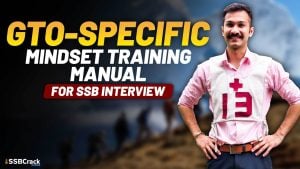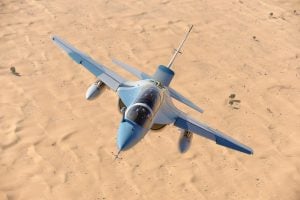The very first test of the PPDT is the story writing in which a candidate is subjected to a picture and he has to write a story based on his understanding of the picture. The candidates will be shown the picture for around 30 seconds which is blurred and will be provided 1 minute to determine the age, sex and mood of the characters shown in the picture and write them down in the sheet provided. Another 4 minutes will be given to the candidate to write a story based on his findings and perception about the picture.
It is expected from the candidate that he will able to write a story that portrays what has happened before the scene took place, what is happening in the scene and what action will take place after this scene. It is expected from the candidate that he will be proactive and will take action for the betterment of the existing situation. Basically, this test is targeted to find out the subconscious response of the candidate which is generated as a result of showing the picture that acts as a stimulus.
The candidate is expected to write a story based on normal and realistic situations that occur in the environment around him and how he tackled that situation to the best of his abilities. The views that are conveyed by the candidate from his story will directly reflect his social attitude as well as responsibilities towards society. The thoughts of the candidate, when combined with appropriate action, make a good story of quality.
The written story should be short, crisp, to the point and well-structured and also should make an impact. The SSB aspirants should write something daily in order to improve the sentence structure and the power of expression. The story writing is a medium through which the assessors can see into the mind of a candidate and the level of thoughts that he holds about himself and the environment around him. It goes without saying that unrealistic and stories with poor sentence structure are perceived of low level and hence threaten the stage one selection of a candidate.
Let’s have a look at tips to write a good story based on your stimuli in PPDT
1. The picture that will be shown to you will be hazy and you will get only 30 seconds to observe the picture. Focus on the surroundings or the background of the picture as it will help you in creating a theme about your story. While observing you should be able to see minute details in the picture that you can use in the picture to make it more realistic and efficient.
2. It is very important that you should project your main character doing things which are realistic and common in practical life. This can be done by assuming yourself in the same situation as that of your main character and by thinking about what you would have done if you were in his place.
3. Don’t try to spin off the theme shown in the picture and write something entirely different with varied context. Try to stick to the theme shown in the picture. Don’t try to create unnecessary problems, disasters and tragic situation when they aren’t shown in the picture.
4. Writing stories in a preconceived and pre-decided manner will not only hamper your chances for the screen in but will leave a bad taste about your poor comprehensive skills and basic intelligence level. The assessors are looking for candidates with natural responses and unique thought process who are showcasing the probabilities of possessing OLQs.
5. The allotted time is ticking fast and you have to write the story in understandable handwriting and proper sentences. Timed practice by keeping blurred and hazy pictures in front of you and then writing a story on them keeping in mind about your natural reaction to the stimuli will help during the early stages of the preparation.
6. The main character should be introduced in such a manner that the assessor gets to know the motive behind each word that you have written about it with regard to the context of the story. Unnecessary adjectives to describe the main character should be avoided.
7. Try to write the story from the point of view of a common but aware man. You should be able to convey your exact thoughts through your story as it shows that you do possess good imaginative and practical skills.
8. The story written by you should be divided into three parts and described accordingly. The three parts should be “What has happened in the picture?”, “What is currently happening in the story/picture?” and “What are the possible future outcomes or What will happen in the story?”
You can prepare for defence entrance exams such as NDA, AFCAT, CDS, INET, MNS and ACC by taking Written Online courses as they will not only give you access to full-length quality lectures but will also provide the facility to take standardized mock tests for better study and strategic growth in the exam. You can take multiple quizzes after each lesson to ensure the full understanding of the subject along with creating your customized lesson plans. You can check out the course content along with other important specifics at SSBCrackExams.
You can also access them through the SSBCrack Exams app available in the google play store.
Jai Hind



